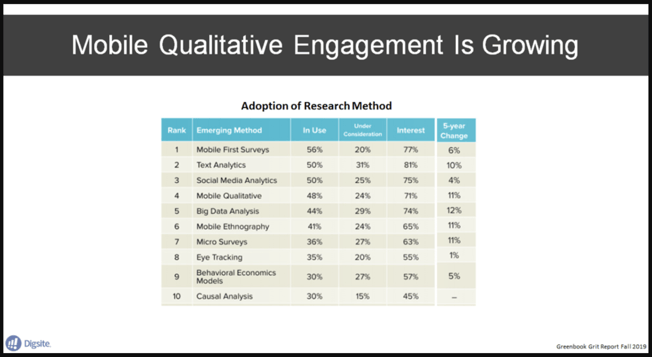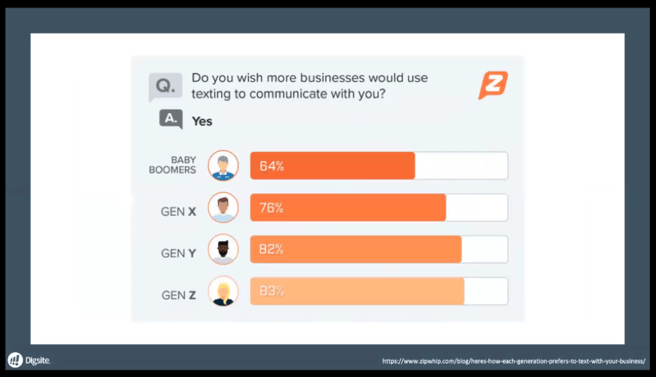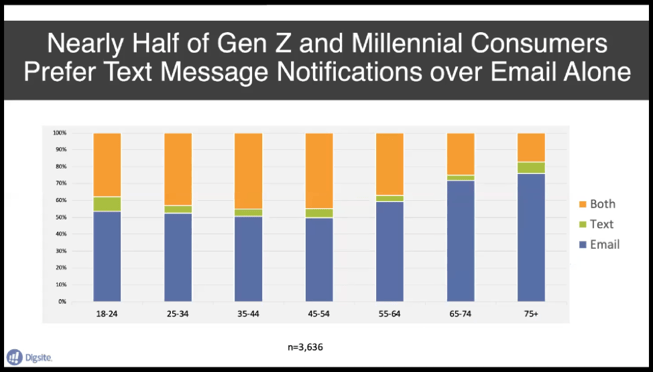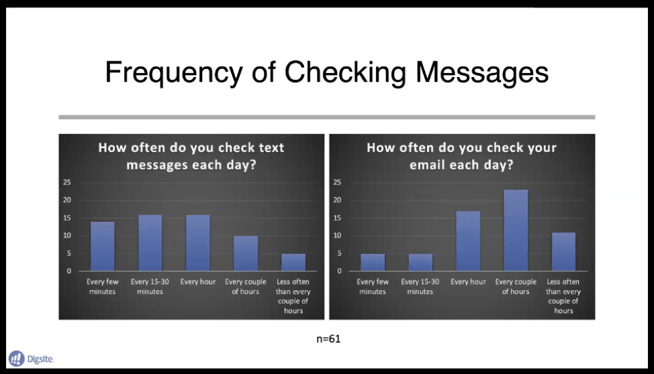Smart organizations understand that—if they want to stick around for the foreseeable future—they need to innovate. It’s that simple.
Despite this, only 24 percent of organizations are confident they have the tools, skills, and resources they need to support innovation initiatives.
If that many companies aren’t confident in their innovation capabilities, what are the 24 percent that are doing differently?
We’ll let you in on a little secret: Companies with successful innovation initiatives have largely pivoted to agile research. If you’re new to agile, here are the basic tenets of the modern approach to research:
- Agile prioritizes quality responses over the quantity of responses
- Agile favors experiments over asking about attitudes and beliefs
- Agile focuses on the whys instead of measuring the whats because it’s not enough to know what the problem is, you need to know why it’s a problem
- Agile is about learning and iterating versus the static testing that research was previously characterized by
- Agile emphasizes flexible collaboration over making go or no-go decisions
By using online agile research, companies can uncover more information in less time, incorporate those learnings into their next iteration, test again, and repeat the process until they’ve come up with a final product they know will be successful.
And this is all done in a lot less time and for a lot less money.
How SMS is Transforming Online Qualitative Research
Agile research brings traditional in-person studies online. By leveraging modern tools, researchers are able to open up direct digital communication channels with their ideal customers. This enables them to have long-lasting conversations with the same person. Based on each response, they can fine-tune their questioning further to drill down and uncover the driving forces that are influencing their preferences.
While online qualitative research is relatively new, it’s already evolving.
To illustrate, a recent report from Greenbook found that nearly half of organizations are conducting qualitative research using mobile devices.

In an era where 81 percent of U.S. adults own a smartphone, it comes as no surprise that researchers would increasingly turn to mobile devices to find the answers they need.
With that in mind, let’s take a brief look at three reasons why more and more organizations are embracing mobile qualitative research.
1. Design and innovation sprints
Sprints are predetermined windows of time—anywhere from one day to two weeks, on average—where colleagues get together to solve specific problems.
Using online qualitative research, teams can dig deeper into the problems they’re exploring and start to build solutions. They can then test those solutions on their customers, gather more feedback, and iterate again.
Oftentimes, the most efficient way to have these rapid conversations is over mobile devices. Face-to-face video interactions via tablets or smartphones is an easy and convenient way to uncover insights in real time.
By moving video interviews to mobile devices, researchers can send participants reminders via text message. In our experience, this functionality has increased participation rates from 70 to 90 percent.
It turns out customers don’t want email reminders about participating in research. They want a text message 10 minutes ahead of time.
2. Customer experience journey
Smart companies want to know what it’s like for their customers to engage with their brand at each step—whether that’s shopping for the product, using it, or dealing with customer support.
In the digital age, some of those engagements may occur in the physical world while some of them take place online.
By incorporating mobile devices into the overall agile research strategy, organizations can capture that journey and engage in the present moment. For example, a customer could capture their mobile device’s screen or send a video showing them interacting with a product in the comfort of their own homes.
3. Concept iteration
Using SMS, you can establish and maintain a higher level of engagement and back and forth conversation.
By working with customers while you’re building a solution, asking them for feedback, and using that information to inform your next iteration, you can build a better product or campaign over time.
Thanks to online qualitative platforms and SMS, it’s possible for companies to get feedback overnight—or even within a couple of hours.
At the same time, researchers tend to get more data to work with because mobile gives participants a way to engage quickly—and without friction.
Customers Increasingly Prefer SMS
Research has found that more and more customers—and members of the younger generations in particular—wish that companies would communicate with them via text message more often.
What’s more, studies have found that 95 percent of text messages are read within three minutes (with the bulk of those being read within five seconds). Beyond that, our research has found that 45 percent of customers will respond to SMS while only 6 percent of customers will respond to emails.
For most researchers, it’s all about millennials and Generation Z. If that sounds like you, SMS can help, since these younger folks are much more mobile-savvy.

Our research has also revealed that nearly half of Generation Z and millennial consumers prefer text and email versus email alone.

Add it all up, and researchers would be wise to incorporate SMS technology into their agile research efforts.
SMS Agile Research: What We’ve Found
Earlier this year, Digsite rolled out SMS capabilities to our customers. Right off the bat, roughly 90 percent of research participants were willing to give up their cell numbers. That’s great!
Using SMS, we are now able to notify research participants when new activities need their attention and when they need to complete certain tasks. We are also able to use the medium to ask them questions in real time.
This new feature has already been a success—in large part because customers are increasingly comfortable interacting with brands over text. It’s easy, it’s convenient, and for the most part, it’s frictionless.

According to our data, 73 percent of participants said SMS made it easier to participate in research, 70 percent said it was helpful to get them to complete tasks, and 55 said it was convenient. Only 6 percent of those surveyed said SMS was annoying.
The takeaway from all this?
Use a qualitative approach with text-based reminders to increase speed and engagement. You’ll also want to be sure to use text messaging in conjunction with email to get better engagement. Last but not least, consider limitations that come from chat-based surveys. The longer your surveys are, the lower your participation rates will likely be.
For more information on how you can use SMS to optimize your agile research experience, check out our new webinar: Agile Research and Texting: How to Achieve Faster and Better Engagement.






